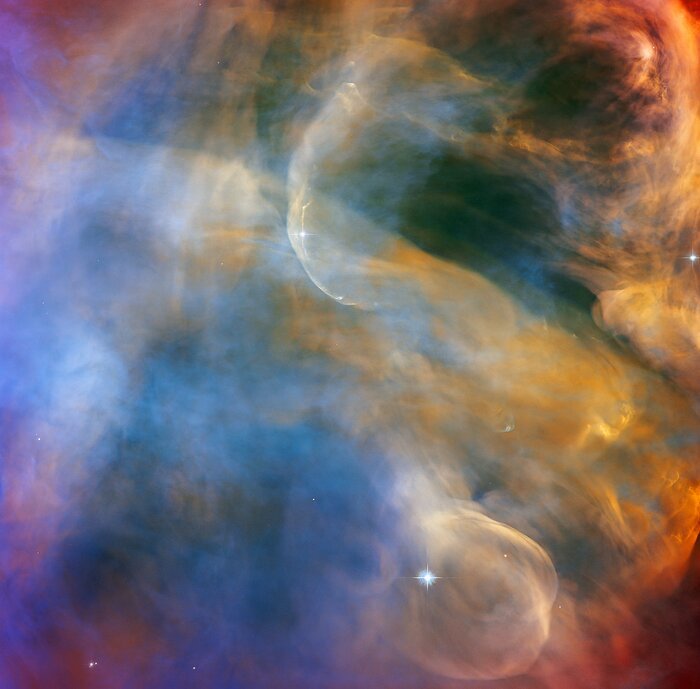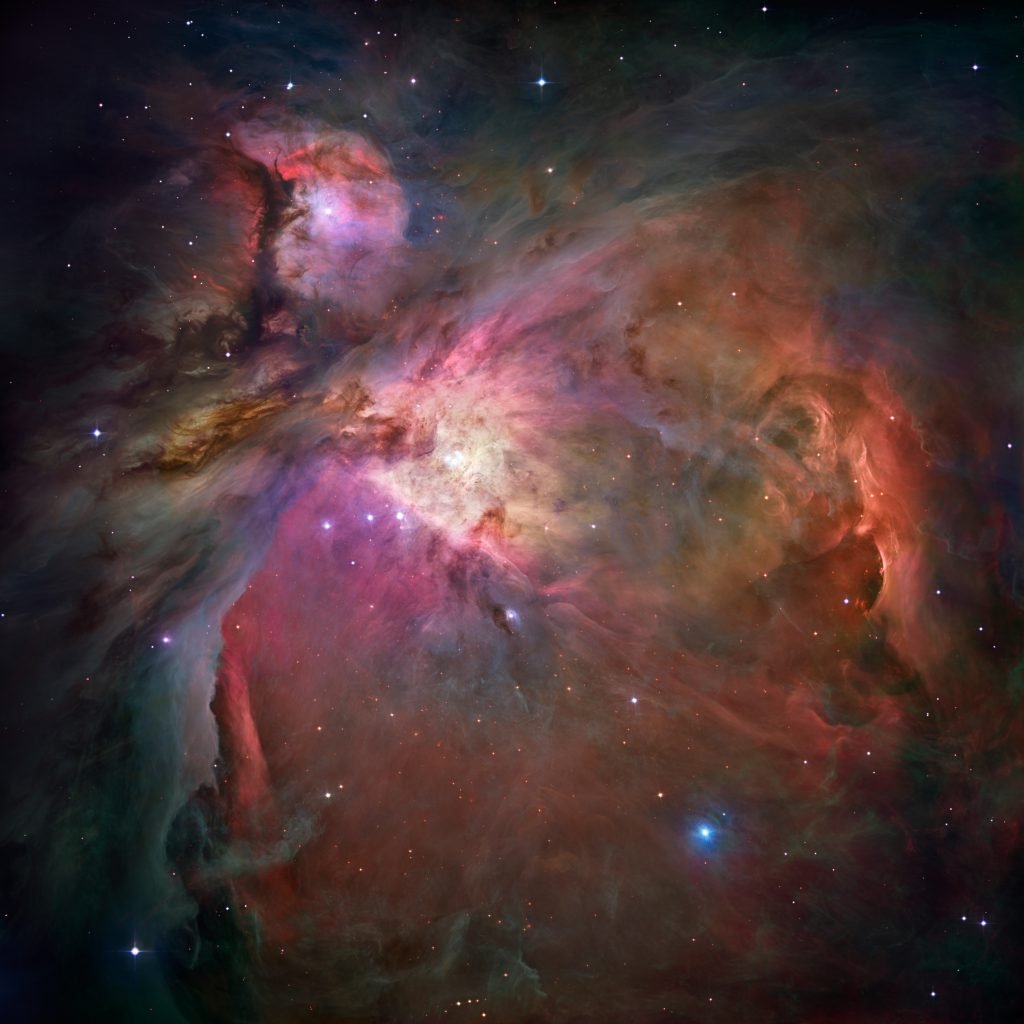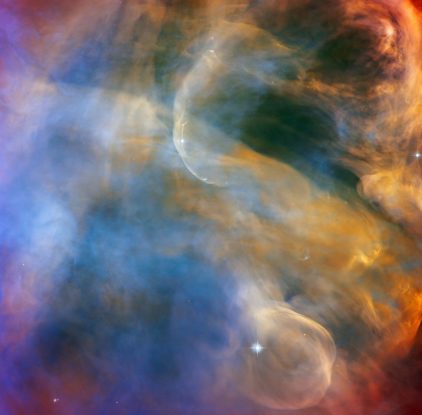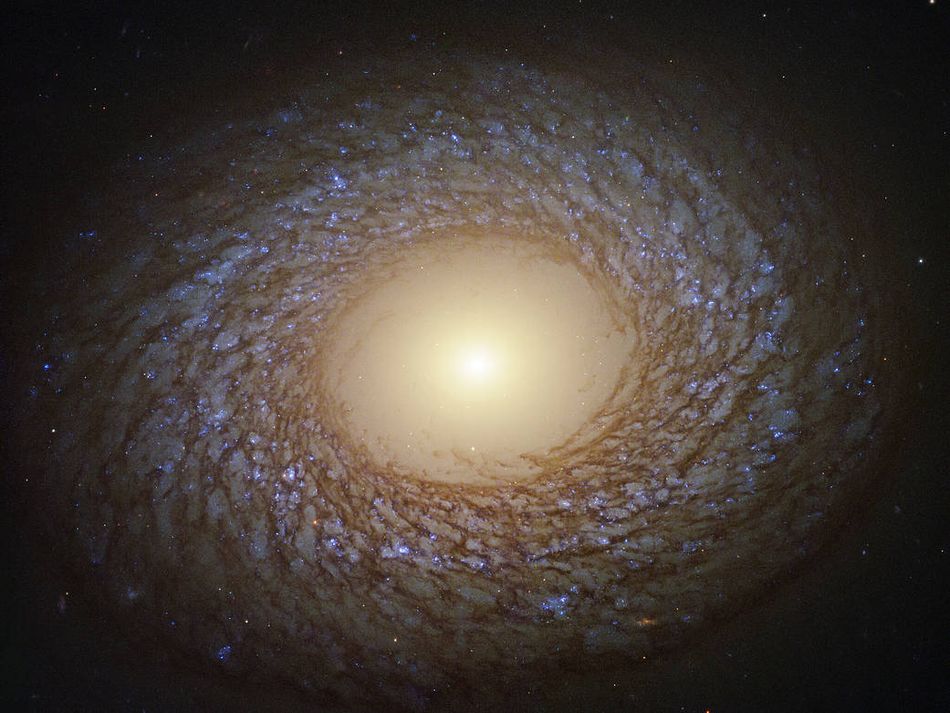The constellation of Orion has one of the most stunning and amazing areas of the night sky.
A huge, dense cloud of interstellar dust and gas is floating between the stars Alnitak, Saif, and Rigel. The Orion Nebula, one of the Milky Way’s most studied and photographed objects, is a nest of material where young stars are being formed.
- The Arctic is warming four times faster than the rest of the world – with catastrophic consequences
- Peter Pan Syndrome: The State of Being a Child Forever
It is so close and big, spanning 24 light-years, that it can be seen with the unaided eye.
This magnificent cloud is a valuable laboratory for studying star formation because of its close vicinity (1,344 light-years from the Sun).
Simply zoom in and pay special attention to the details.

The Orion Nebula appears in this brand-new Hubble image as delicately coloured wisps of cloud, blissfully going about their cloudy business against the velvety dark background of space. But in the center, the newborn star IX Ori causes a rare and spectacular cosmic encounter.
A Herbig-Haro object is that interaction, designated as HH 505. They must be formed under very specific conditions.
You first require a young star. These are created when a dense knot in a molecular cloud, like the star nursery in Orion, collapses and spins under the weight of itself. The newborn star can develop because as it spins, it spools in material from the cloud surrounding it.

Strong plasma jets can be fired from the star’s poles as this material accretes onto the newborn star. It is hypothesized that a portion of the material whirling around the star is redirected to the poles along the lines of the star’s external magnetic field. When the material reaches the poles, it is catapulted at great speeds thanks to the particle accelerator action of these magnetic field lines.
These jets collide violently with the surrounding gas, shock-heating it to the point where it shines brightly, forming a Herbig-Haro object. This causes the infant star to appear to have two glowing light rods coming from it.
Astronomers may observe these formations, which change quickly, to better understand how young stars expel material from the cloud that surrounds them. The amount of gas and dust that nourishes the developing stars is cut off, which determines the size of the adult star.



